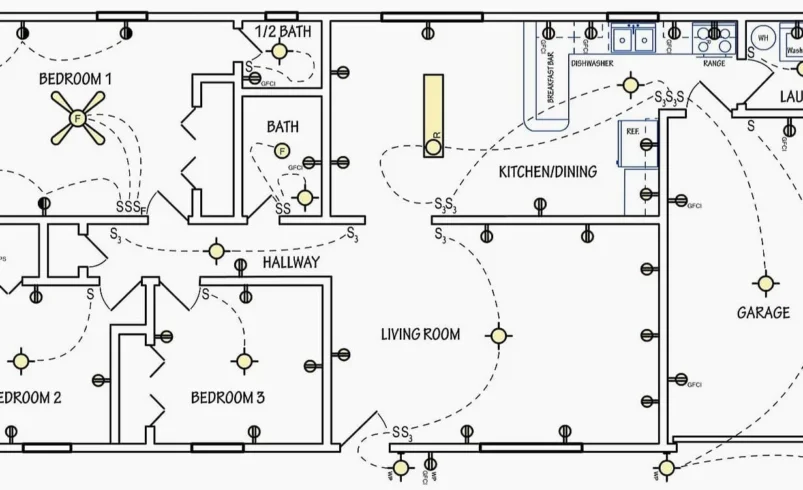Understanding Electricity Plans: Tips for Finding the Best Deal

Choosing the right electricity plan can feel like navigating a maze of confusing terms and hidden fees. With so many options available, how do you find the one that will truly save you money and meet your needs?
Know your usage patterns Before shopping for a plan, understand how much electricity you typically use. Look at your past bills to identify your average monthly consumption in kilowatt-hours (kWh), whether your usage varies significantly by season, and what times of day you use the most power. Take a look at your energy rate information for more data.
Types of electricity plans to consider
Fixed-rate plans lock in your rate for the contract term, providing predictability. They’re ideal if you prefer stable, consistent bills, want protection from market fluctuations, and plan to stay in your home for at least a year.
Variable-rate plans change with market conditions. These might work if you’re comfortable with price fluctuations, want to capitalize on potential lower rates, and need short-term flexibility without cancellation fees.
Time-of-use plans charge different rates depending on when you use electricity. These can save money if you can shift major electricity usage to off-peak hours, have flexible schedules, or own electric vehicles that you can charge overnight.
Watch out for hidden fees The advertised rate isn’t the whole story. Always check for enrollment or setup fees, early termination charges, monthly service fees that apply regardless of usage, and minimum usage fees that penalize low consumption.
Understand the Electricity Facts Label (EFL) This standardized document is your best tool for comparison shopping. Pay close attention to the average price per kWh at different usage levels, the breakdown between energy charges and delivery charges, and renewable energy content if that’s important to you.
Look beyond the introductory rate Many providers offer tempting promotional rates that increase dramatically after a few months. Always ask how long the advertised rate will last, what the rate will be after the promotion ends, and if automatic renewal at a higher rate is part of the terms. It’s worth calculating the average cost over the entire contract period rather than focusing solely on the initial low rate. Be particularly cautious about plans with rates that can adjust based on market conditions, as these can spike unexpectedly during extreme weather events or supply shortages. Some providers may also add seasonal adjustments that aren’t immediately obvious from their marketing materials.
Consider customer service reputation The lowest rate isn’t always the best deal if service issues arise. Research consumer complaint records with regulatory agencies, online reviews about billing accuracy and dispute resolution, and average wait times for customer service. Pay attention to how promptly the provider addresses outages and their communication during emergencies. Some utilities offer dedicated account managers for business customers or special support lines for residential customers with critical medical needs. The quality of the provider’s online account management tools and mobile apps can also significantly impact your experience, especially if you prefer digital communication and paperless billing. Look for providers with transparent communication about grid maintenance and planned outages.
Green energy options If environmental impact matters to you, look into:
- Plans offering 100% renewable energy
- Community solar programs that may be available
- Carbon offset options that some providers offer
Taking the time to research and compare electricity plans thoroughly can lead to substantial savings and fewer billing surprises. Remember that the cheapest advertised rate isn’t always the best value—your specific usage patterns should guide your decision.




